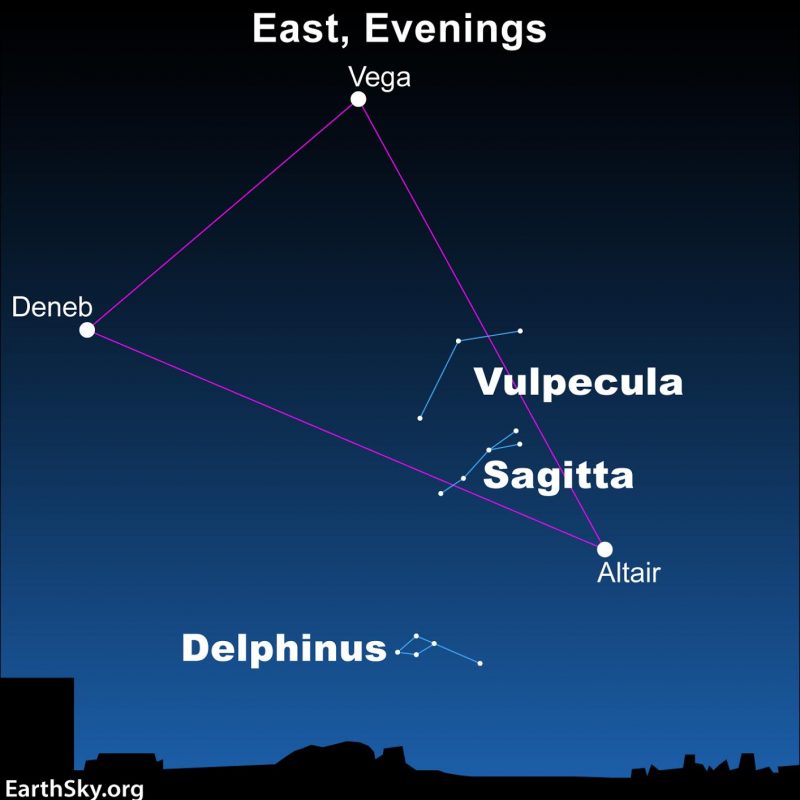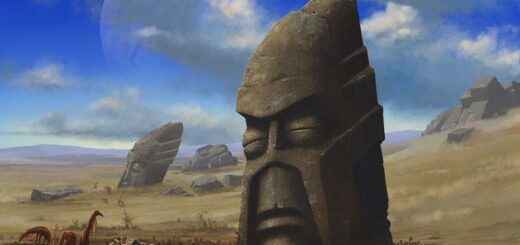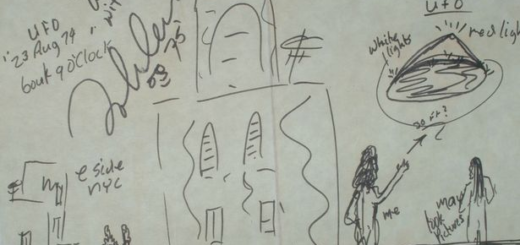Summer Triangle And 3 Small Constellations

3 small constellations
Look for the Summer Triangle, a large asterism visible in the east on July evenings. It consists of three bright stars in three separate constellations. These stars are Vega, Deneb and Altair. If you can find the Summer Triangle, you can use it to locate three of the sky’s smallest constellations. They are Vulpecula the Fox, Delphinus the Dolphin and Sagitta the Arrow. All three are impossible to see from the city. But they’re lots of fun to pick out in a dark sky.
How can you find them? Look at the detailed chart below, and try picking out Vega, Deneb and Altair. Notice these three bright stars make a large triangle on the sky’s dome. Now – still using the chart – look within and around the Summer Triangle for Delphinus, Sagitta and Vulpecula.
Star chart with stars in black on white showing Summer Triangle and 3 small constellations.
View larger. | Once you’re familiar with the Summer Triangle, star-hop from there to the nearby small constellations. Chart via International Astronomical Union/ Sky & Telescope (Roger Sinnott & Rick Fienberg)/ Wikimedia Commons.
Delphinus the Dolphin
Delphinus is a truly delightful little constellation that really resembles a dolphin leaping among the waves. Delphinus is one of the earliest constellations, first cataloged by the Greek astronomer Ptolemy in the second century A.D. Sometimes, Delphinus is said to be the dolphin that carried a Greek poet – Arion – safely away from his enemies. Other times, this sky Dolphin is said to represent the dolphin sent by the sea god Poseidon to find Amphitrite, the Nereid he wanted to marry.
Star chart showing stars of Delphinus, with the shape of a dolphin in gray added on top of them.
Delphinus the Dolphin. Utah’s Adventure Family wrote, “… looking at this beautiful constellation makes my heart soar every time.” Image via Stellarium.
Sagitta the Arrow
Sagitta is the third-smallest constellation in our sky, following Crux aka the Southern Cross and Equuleus. Sagitta is near Vulpecula on the sky’s dome. Its name means “the arrow” in Latin. If you look for Sagitta, you’ll see why. This little star pattern does have a shape reminiscent of an arrow. Sagitta is also one of the earliest constellations, named by Ptolemy in the second century. Sagitta is sometimes said to be an arrow shot from the bow of Hercules, the great mythological hero and god.
An arrow with sharp arrowhead and feathers on the other end, with Sagitta’s stars marked along it.
Chart via Baringtheaegis, whose blog post about Sagitta has lots more to say.
Vulpecula the Fox
Vulpecula means “the little fox” in Latin. It’s the hardest to find of these three small constellations because it lacks a distinctive shape. Vulpecula is a relatively new constellation, introduced by the Polish astronomer Johannes Hevelius in the late 17th century. Hevelius depicted Vulpecula as not just a fox, but as a fox carrying a goose in its mouth. He also named the goose Anser. Nowadays you can still see the fox and goose on old star charts, like the one below. And Fox and Goose is a traditional British pub name, according to Ian Ridpath. If you have a dark sky, and you’re up for a binocular challenge, also try finding the Coathanger asterism in Vulpecula.



 Creators of mankind
Creators of mankind Description of “Tall white aliens”
Description of “Tall white aliens” Where they came from?
Where they came from? About hostile civilizations
About hostile civilizations The war for the Earth
The war for the Earth “Tall white aliens” about eternal life
“Tall white aliens” about eternal life Video: “Nordic aliens”
Video: “Nordic aliens” Aliens
Aliens Alien encounters
Alien encounters The aliens base
The aliens base UFO
UFO Technology UFO
Technology UFO Underground civilization
Underground civilization Ancient alien artifacts
Ancient alien artifacts Military and UFO
Military and UFO Mysteries and hypotheses
Mysteries and hypotheses Scientific facts
Scientific facts


















